The film photography era. It is the land that time forgot. Then remembered. Filmland, that mythical place trapped between the time of oils and watercolors and the days of binary code.
It is a place where strange beasts roamed with odd looking cameras and very strange memory cards with names like Ektachrome. I am talking of course about the film era, and more specifically its revival.
It sometimes seems like anything good from the past gets the modern day retro treatment, Mini Coopers, The Rolling Stones, there is even hope for my own hairstyle.
Film has been going through a not undeserved revival fuelled by low camera prices and film manufacturing startups. Even Kodak a company who so famously took its eye off the digital ball seems to think it might be backing a winner this time.
So who are the strange creatures that roam this celluloid utopia? Come with me and take a slightly wry walk with dinosaurs.
The T-Max Rex
One of the most fearsome of analog creatures, you smell the T-Max Rex long before you see him. Their stench comes from the slightly acidic fetor of stop bath.
The T-Max spends much of its waking life in darkened rooms processing their beloved black and white film. They live in a land of pushing and pulling, dodging and burning. To them, grain is an aesthetic quality, not something you make whiskey from.
The T-Max is only able to see in monochrome, although often wears a pair of red sunglasses.
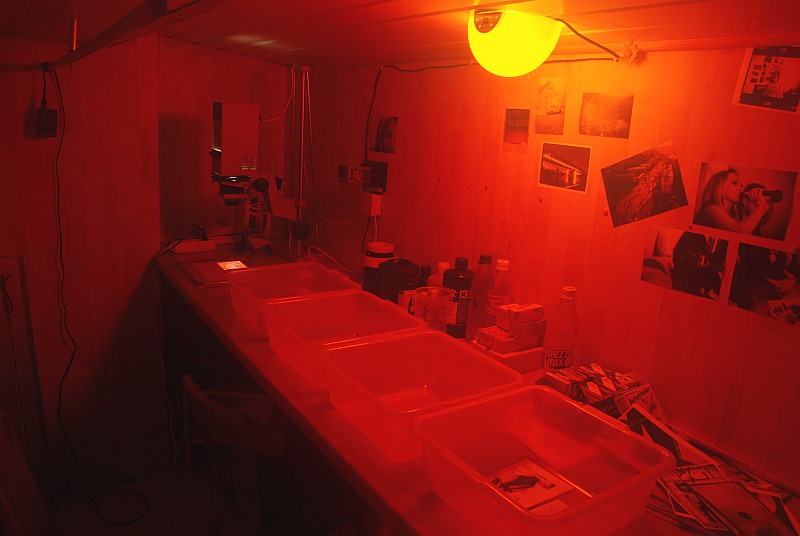
The T-Max Rex's cave, the darkroom.
The Bronicasauraus
This large beast wanders the medium format world. Their size comes from having to carry excessively large cameras, lenses, backs, viewfinders and other associated 120mm paraphernalia.
They are often seen in the company of Tripodosops, these gangly three legged creatures playing host to the Bronnie’s excessive camera weight. The Bronicasauras, despite its size, has evolved highly dexterous forehands, used to load and rewind its finicky film.
Its saliva is amongst the stickiest of the film dinosaurs, it is rare that a roll of 120 film comes unraveled.
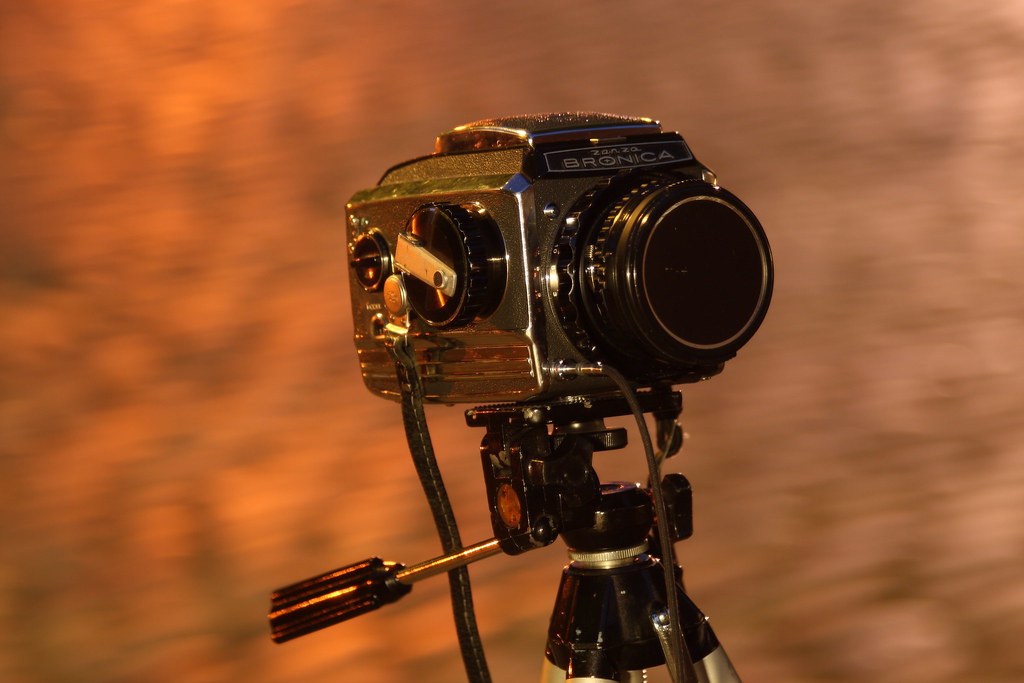
Bronicasuarus and Tripodosop together.
The Westopsians
These strange creatures have evolved a highly sensitive third optical system for measuring the levels of light. As well as their two forward facing eyes, they carry a third eye in a leather pouch.
The Westopsian’s third eye is made distinctive by white plastic eyelid that allows it to switch from reflected to incident light reading.
Westopsians have often become so adept at reading the light that they often ditch the third eye and accurately judge the light with their front facing sensors only.
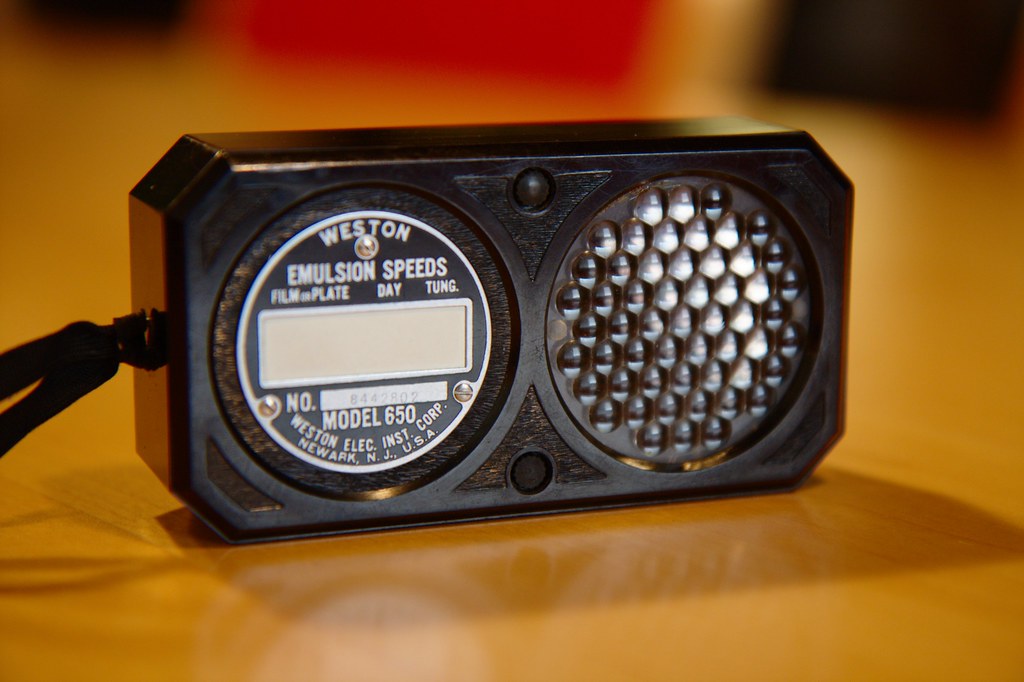
The large third eye of a Westopsian.
Leicators
Leicators are generally found only in the urban environment. These street predators are fast agile and can spot their prey from a considerable distance.
They commonly feast on Homo Sapiens caught in compromising situations. They capture their prey by remaining motionless and camouflaged before rapidly shooting their victims as they do something silly. The Leicator then merges back into its urban environment.

A Leicator in it's natural environment.
The Canosaurus.
These beasts are found in many environments, often rutting with Nikonopods for local dominance.
The rivalry between these two has been long and bitter. For many years the Nikonopods despite being smaller held the greater territory, but the larger Canosaurus has fought back.
The most evolved Canosuarus’s from the subspecies EOS have distinctive large white eyes and are direct descendants of modern digital versions.
Chromapods
Chromapods see the world in bright vibrant colors. They take only transparencies, often having to process them in their specially converted nests.
There are several subspecies of Chromapods. Kodakites, had exceptionally sharp eyesight but are now extinct. Ektatites seeing the world with a slightly muted blue cast whilst Fujitites see very vibrant almost unnatural colors.
All Chromapods are on the endangered list, their natural environment having been severely diminished.
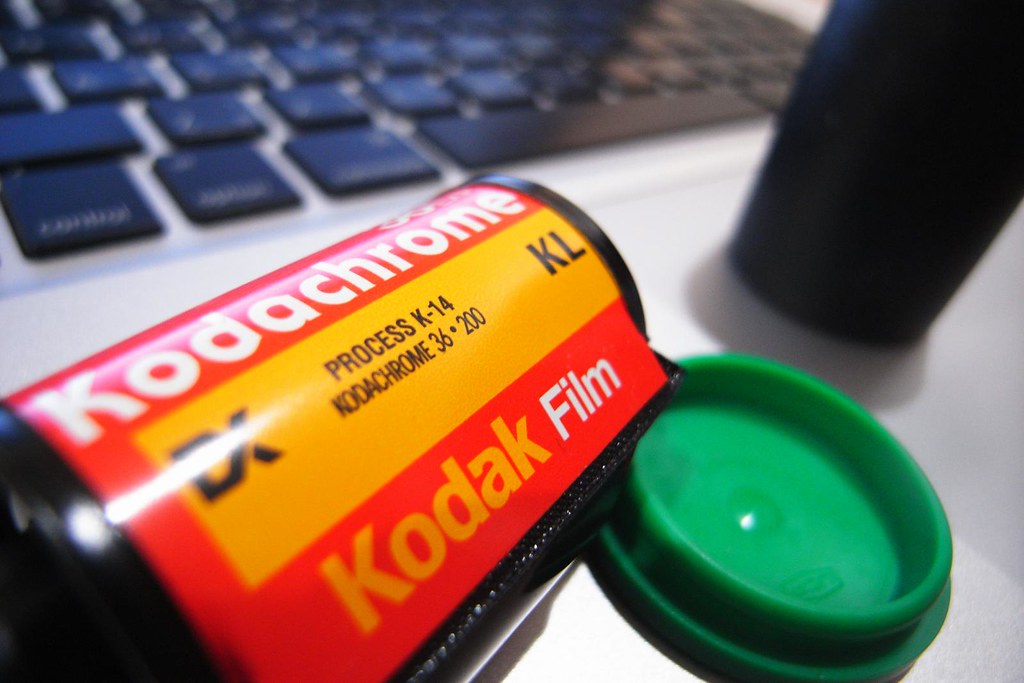
All that remains of Kodakites are fossils.
Metzopsians
Metzopsians are strange creatures. They inhabit a world of low light or in some cases, complete darkness.
They find their way around by emitting very brief, incredibly blue flashes of light. They can identify their prey by the red light reflecting from their retinas and the harsh shadows across they prey’s face.
A further evolution is the Bounced Metzopsian. This creature uses subtle lighting to illuminate an entire room full of potential prey.
So there you have it. A silly satirical walk with the dinosaurs of film. Are their any inhabitants in Jurassic Park we might have missed out?
Further Resources
- Old Film Era Lenses – Going Old School With Modern Cameras… by Jason Row
- The Creativity Catalog by Photzy
- How To Digitize Old Film With Your Digital Camera by Dzvonko Petrovski
- The Amazing Wonders Shooting Some Film Will Do For Photographers by Dzvonko Petrovski


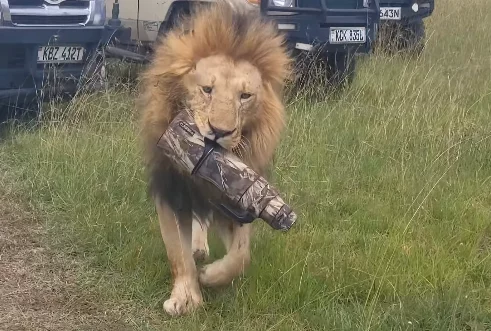


2 Comments
No such thing as “120mm” film. It’s just “120” or “220”
Does it really matterwhat you call it? 120 (220) or 21/4 square produces really amazing detail on legendary cameras like Hasselblads, or Mamiya C220 or C330.